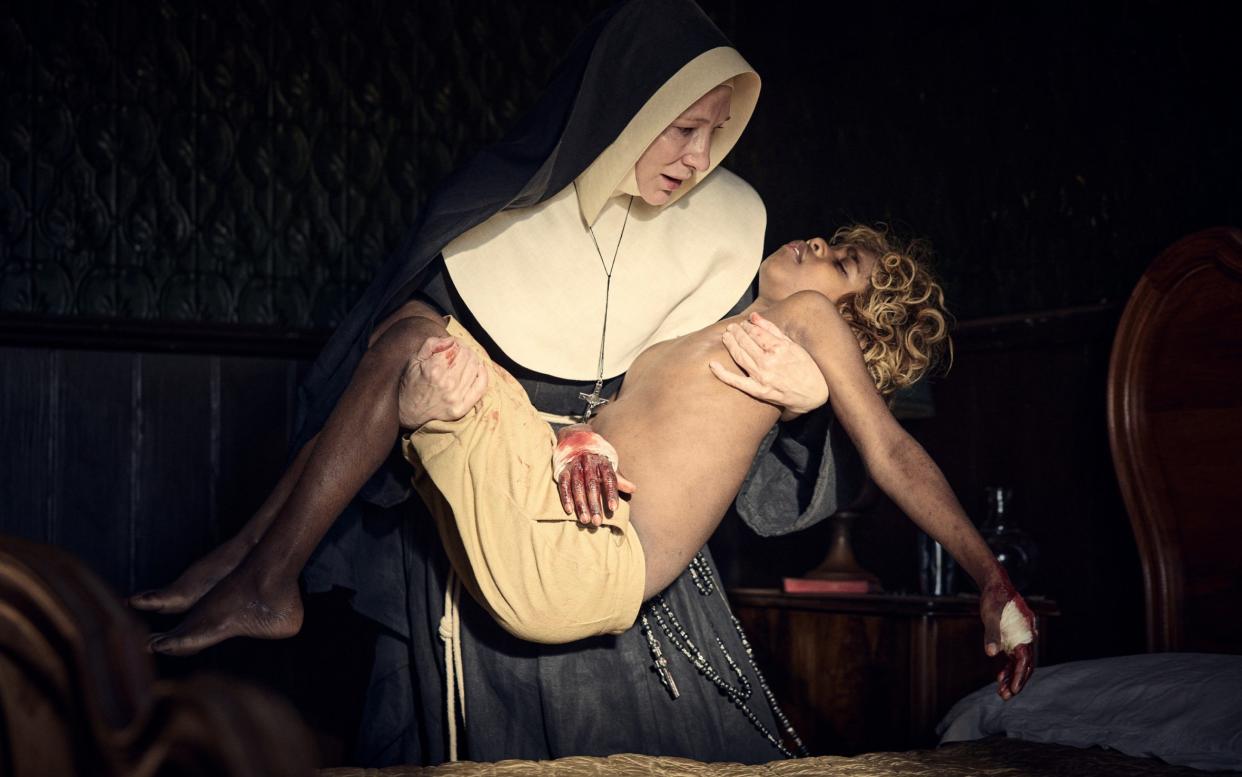The New Boy: Cate Blanchett’s religious drama is heavy on symbolism, light on meaning

The Australian director Warwick Thornton will never run out of stories to tell in the outback, but that’s not to say they’re all equally essential. Back in 2009, Thornton won the prize for best debut in Cannes with his near-wordless love story Samson and Delilah. The languorous beauty of that piece set the tone for his career, and The New Boy could hardly be the work of anyone else: this tale of epiphanies and religious schooling at a tiny monastery in the 1940s has a woozy, episodic lyricism all Thornton’s own. It’s also fuzzy and unfulfilled, groping for its images without ever precisely knowing what it needs them to say.
Cate Blanchett graces the film promisingly with a not-quite-lead contribution as Sister Eileen, something like the pale and intense Deborah Kerr of this operation: she’s first glimpsed through the front door looking suspicious at the sack of potatoes that’s just been dumped outside. In fact, this is an unconscious child – a nameless, nine-year-old Aboriginal orphan played by a straw-haired newcomer, Aswan Reid, who’s brought into the monastery’s care because he’s otherwise just a denizen of the wilderness.
Among the other lads being raised here, he stands out for hardly ever speaking, shunning clothes above the waist and being unable to wield a spoon; his peers mock him, but also learn to fear him. Sleeping stubbornly under his bed, he can secretly conjure a spark of light between his fingertips – the occasion for a rainbow-like effects shot featuring oval lens flare, which is truly gorgeous when we first see it, but grows too fond of itself. The boy’s obsession takes hold with a statue of Christ in the chapel, and we wonder what messianic role this Peter Pan-like figure might play as the community begins to understand him.
Blanchett gains the film interest points, for sure: performing some kind of unusual wizardry with the set of her mouth, she paints her character as a curious flibbertigibbet, prone to sudden flurries of mania. The idea of this kid as a non-Christian mystic having his native gifts baptised out of him is rather provocative – but alas, this feels like a shred of a theme, not the fully developed feast.
Meanwhile, Thornton cops out in his reluctance to bestow much personality on any of the other boys, or to give any real dramatic function to the fellow guardians played by Deborah Mailman and Wayne Blair. Polished in its ultra-considered shot-making, but ultimately unmoving, this is hardly the first film to make pretentiously vague use of Christic symbolism, or to prop itself up with a lulling score that manages to be at once beautifully orchestrated and a borderline sleep hazard.
12A cert; 96 mins. In cinemas from Friday March 15


